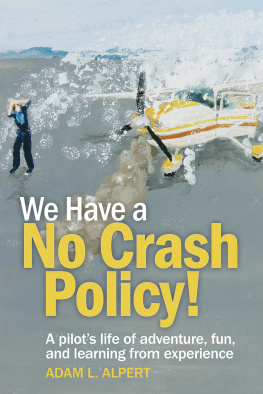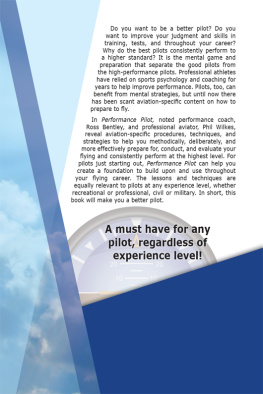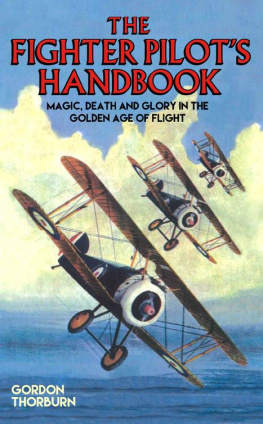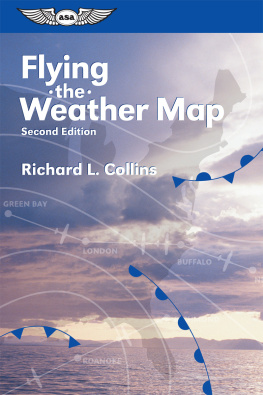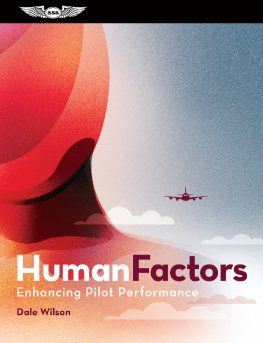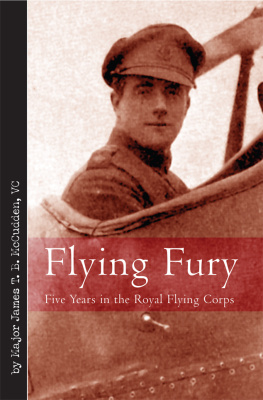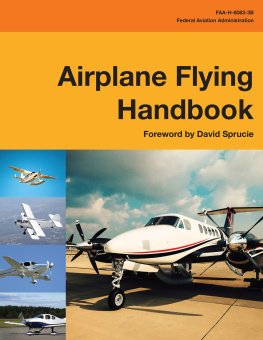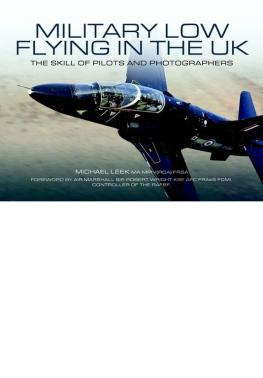

We Have a No Crash Policy!
by Adam L. Alpert
Aviation Supplies & Academics, Inc.
7005 132nd Place SE Newcastle, Washington 98059-3153
asa@asa2fly.com | asa2fly.com
2019 Aviation Supplies & Academics, Inc.
All Rights Reserved. No part of this publication may be reproduced, stored in a retrieval system, or transmitted in any form or by any means, electronic, mechanical, photocopy, recording, or otherwise, without the prior written permission of the copyright holder.
None of the material in this book supersedes any operational documents or procedures issued by the Federal Aviation Administration, aircraft and avionics manufacturers, flight schools, or the operators of aircraft.
ASA-NO-CRASH-EB
ISBN 978-1-61954-859-6
Cover art and watercolor paintings Christina Lesperance
Photographs Adam Alpert
Color version of the watercolors and some of the photographs featured in this book can be viewed on the Reader Resources page for this title by visiting asa2fly.com/NO-CRASH.
Dedication
Aviation, like all technical subjects, employs a special vocabulary of words, terminologies, and acronyms. There is also pilot-specific language used for communicating while flying, largely incomprehensible to those not trained and practiced. Taken together, the learning curve for anyone seeking even a vague understanding of the discipline seems insurmountably steep. Some aviators would have it no other way. Perpetuating the mystery is part of what makes the pilot persona appealing. There are others, though, like Captain Robert N. Bob Buck, Sr., author of Weather Flying and many other aviation books, who are only too happy to demystify the discipline in an effort to promote safety, utility, and better understanding.
We Have a No Crash Policy! is a personal memoir of flying stories from over forty years. It is also a meditation on a learning process made possible by people like Bob, and later his son Robert O. Rob Buck, an accomplished aviator in his own right, along with the many excellent instructors, mentors, and friends who helped me along the way. Their insight and generosity is what inspired me to write this book.
It is often said that adversity and error make for a great teacher, especially in hindsight. It has been, therefore, a guilty pleasure to write about missteps in planning, judgment, and all the things that went wrong. While bad decision-making in isolation cant be applauded, acknowledging mistakes, and the learning opportunities they present, suggests an interesting connection, especially for those open to questioning their own abilities.
While there are many ways to address novel and often complicated topics, I have found using relatable examples to be the most convincing. Many of the stories, therefore, stem from real life events. But the academic aspects should not be discounted. For every pilot who has inadvertently blundered into a strong, dangerous thunderstorm, there is, somewhere, a convective weather scientist standing by ready to deliver a postmortem on the convergence of events. Together they offer the best opportunity to learn and improve.
Mostly, though, aviation is about romance. What other technology reveals the magnificence and beauty of the earth as seen from above while simultaneously providing expedited transportation across vast distances to faraway exotic places where opportunity and adventure await? Just the joy of guiding a light aircraft to a perfect landing on an unimproved grass strip is worthy of mention. The mastery of amazing levitating machines, plying the skies in glorious flying ships, is a form of magic.
My father, Norman Alpert, fought in the Philippines as an Army Lieutenant during World War II. He contracted hepatitis there and barely survived the nearly three years of hospitalization that followed. He went on to earn a PhD in physiology from Columbia University and became a world-renowned expert in heart disease. In his spare time, he started a small life science company, BioTek Instruments, that over time blossomed into a multi-million-dollar enterprise, all while raising three kids with his loving wife Laurel in rural Chittenden County, Vermont.
Dad also was a romantic in the sense that he viewed science and technology as vehicles for achieving a more renaissance appreciation of the world. For Dad, the pursuit of knowledge and truth was paramount. The process, as opposed to the end result, was his focus. While fact-based guidance is key to flying, Dads approach to continuous learning is worth considering. Given that there is no flying school that can address all contingencies, and all circumstances, it is up to the pilot to figure out the rest.
Dad liked to say Onward and upward. Those three words have influenced my flying and other pursuits for as long as I can remember. Ever the optimist, he was propelled to move forward and do better.
I dedicate this book to my father; not just a survivor, but also a doer of great things, a truly inspirational role model. We should all be so fortunate to have someone like him in our lives.
Acknowledgments
Writing a book and getting it published is a daunting task. Had I known the degree of difficulty prior to starting the project I never would have begun. So perhaps the notion ignorance is bliss deserves more consideration for those of us operating with less than unlimited willpower and drive. Likely more important to the cause, however, is the support and advice generously offered by others.
The story begins with Karen Jacques, BioTeks technical publications manager, who demonstrated much enthusiasm even while tirelessly editing the variably composed early trade journal articles that served as a practice forum for my writing of this book. It was also Karen who did the final review of the edited manuscript to make sure that my voice, with all its blemishes, was not accidentally removed in the course of professional editing.
Blemishes aside, I am most grateful to my editor Ellen Bartlett who reappeared in my life after a forty-two year post-high school hiatus during which she worked for many prestigious newspapers including the Boston Globe. She applied much needed continuity to the writing, fixing all the grammar (and spelling) problems known to plague C+ students through the course of their grade school, high school, and even college English writing courses.
Fellow authors Ken Adelman and Stephen P. Kiernan deserve special mention. Knowing the challenges associated with a first book effort, they helped me identify likely publishers and then craft the perfect query letter for submission. You are reading these words largely because of Ken and Stephens generous contribution.
Much credit goes to my reviewers F-16 fighter pilot Lt. Col. John Wily Rahill, TWA Boeing 747 Captain and fleet manager Hobie Tomlinson, and Falcon 900EX senior captain Paul Middlebrook. Collectively, they assured the concepts described were both valid and relevant, claims factually correct, while also providing practical insight into a broader range of career-linked flying experiences.
Captain Robert O. Rob Buck, also mentioned in the Dedication, was very kind to read early versions of the first several chapters. His honest critique and guidance to properly identify the good, bad, and ugly helped shape much of the subsequent writing.

